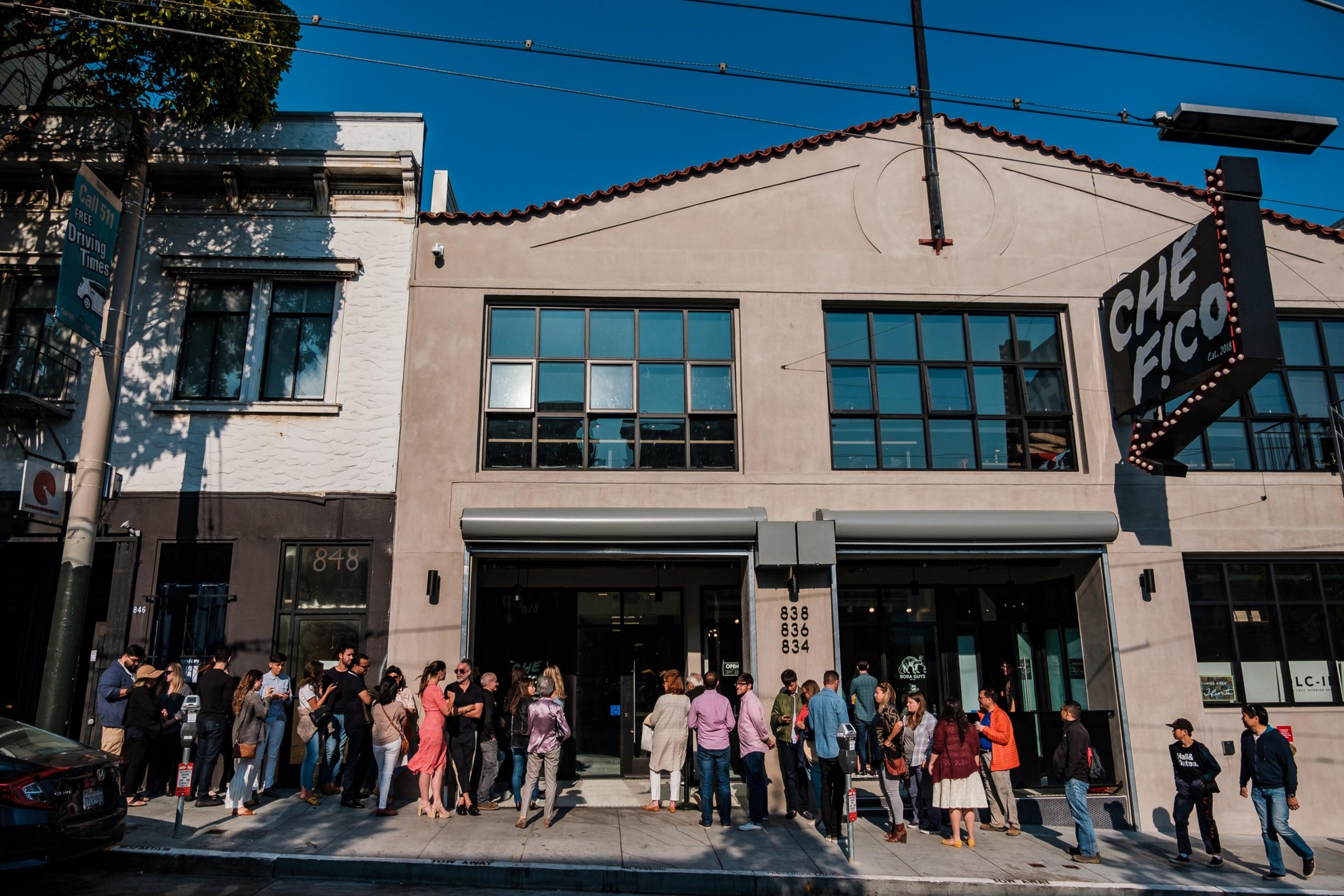My business partners and I opened our NoPa restaurant, Che Fico, in 2018. From the start, we included a 4% surcharge to cover the additional costs we faced under the city’s mandated health care coverage plan, which requires restaurants to contribute to a city fund for employees.
When Che Fico reopened post-pandemic, we were driven by a mission to rectify long-standing industry injustices that disproportionately favored a select few—primarily servers and bartenders—at the expense of other workers who didn’t receive tips and worked long hours in substandard conditions. We instituted a 10% surcharge, increased pay across the board and introduced new benefits, such as a 401(k) plan with a 4% match and profit sharing.
It was not easy. We had to adjust our shared tip pool several times to ensure everyone was included and that it was fair to our entire staff. We also increased hourly wages to compensate for potential tip losses. This model epitomized free-market capitalism, where ownership collaborated with labor to find common ground and consumers had the choice to support a business that resonated with their values. Our menu was always clear that the charge would be added to the final bill.
Now a new law known as the “junk fee” bill (opens in new tab), taking effect July 1, aims to reshape California’s dining industry by banning restaurants from adding surcharges or service fees to their bills. Instead they’d have to raise menu prices, baking the surcharge in.
While this may initially appear to benefit consumers, it will disproportionately harm small businesses—the latest move in a pattern of well-meaning yet detrimental policy decisions targeting the restaurant industry. It also obscures the challenge of operating in San Francisco, where voters and officials have repeatedly approved costly additional mandates that operators elsewhere do not face.

We can all agree that hidden fees are frustrating. Nothing is worse than booking a hotel room at an advertised price, enjoying your stay and upon checkout, finding your bill laden with resort charges, Wi-Fi charges, valet parking and other surprise fees and taxes. I fully understand the frustration. I am a consumer myself. But the vast majority of restaurants don’t operate this way. If they charge surcharges or service fees, they post it on menus and let guests know when they book a reservation.
Transparency is the goal, and this is one way for operators to show customers all the things they are paying for, beyond the cost of food. Guests have thousands of restaurants to choose from, especially in San Francisco. They can simply decide a certain restaurant isn’t worth the fee. And no restaurateur who believes in good service and repeat business wants to leave a bad taste in a customer’s mouth upon dropping the check.
But the new law focuses more on appearances than on the operational realities of managing a restaurant in one of the nation’s most expensive urban environments.
Unfortunately, it’s part of a pattern
Gavin Newsom enacted San Francisco’s Health Care Security Ordinance (opens in new tab) during his tenure as San Francisco mayor. As governor, he continues to influence policy in ways that strain local enterprises. The health ordinance has been one of the most damaging things to happen to San Francisco small businesses and can be directly linked to the beginning of the surcharge trend here. One of the most pervasive problems with that legislation is that it punishes businesses for growing and hiring more workers, adding a cost of several dollars per hour per employee for businesses with 20 or more workers. But rather than use his post as governor to propose a smart, statewide reform of the health ordinance, this new junk fee bill will throw out all surcharges regardless of their purpose or how they are communicated to consumers.
Advocates of eliminating service charges argue that doing so protects consumers, but that fails to consider the pressure San Francisco restaurants face—challenges beyond typical market fluctuations. They contend with some of the highest insurance premiums in the country, soaring utility rates from providers like Pacific Gas & Electric and a labor market characterized by escalating wages and staffing shortages. Consider:
Labor costs are rising: San Francisco’s minimum wage rose from $10.74 per hour in 2014 to $18.67 in 2024—a 74% increase approved by voters and the Board of Supervisors. Such spikes put a significant burden on labor-intensive sectors like the restaurant industry.
Inflation is increasing utility bills and the cost of goods: The pandemic further intensified supply chain disruptions, pushing the costs of ingredients up by about 15% in San Francisco. Officials have approved numerous rate increases for PG&E, leading to a 60-77% increase in commercial rates in the last decade, even as PG&E rakes in billions in profits.
Rent and property costs are soaring: The city’s commercial real estate market has also surged, with rents increasing by about a third since 2014. Rent or mortgage payments are the third-highest expense for many restaurants, after labor and cost of goods.
Surcharges have enabled small businesses to manage these rising costs without shocking customers with drastic or frequent price increases and allowed them to convey these external cost pressures. Removing them could lead to a sudden spike in dining costs, further deterring customers and pushing restaurants toward insolvency.

The irony is stark. Policymakers, comfortably dining at San Francisco’s top restaurants, seem oblivious to the adverse effects of their decisions on those serving them. By eliminating the option to communicate cost pressures through surcharges, the law does not support consumers. To the contrary, it will lead to decreased consumer spending, fewer shifts for waitstaff, reduced orders for suppliers and lower tax revenue from a once-thriving industry.
The “junk fee” law misunderstands basic economic principles: Thin operating margins and insufficient profits can lead businesses to close, which affects the entire community—workers, suppliers, service providers and local artisans. In my own restaurants, our surcharge has allowed us to improve pay across the board, offer a 401(k) with a 4% match and create profit-sharing. If Newsom’s intention is to dismantle these programs, then he is certainly being effective.
Hopefully, before the law takes effect, state leaders will have a dose of common sense and will revise the legislation to preserve the rich diversity of San Francisco’s dining scene. Otherwise, they will be compounding the issues that began with the initial health ordinance, without acknowledging the benefits workers and restaurant patrons receive when surcharges are clearly spelled out.
David Nayfeld is the co-owner of Back Home Hospitality, which includes Che Fico. Find him at @davidnayfeld on X and Instagram.
